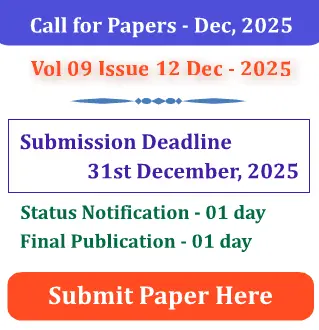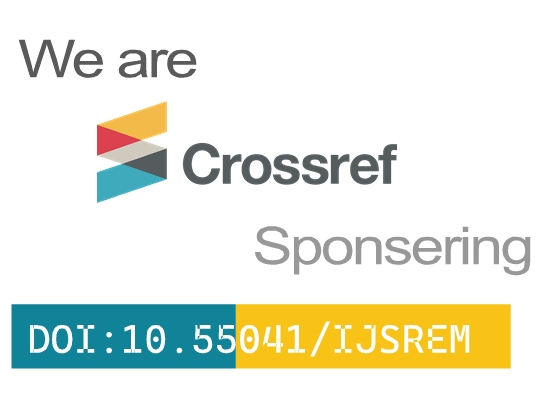Comprehensive Deep Learning Framework for Automated Wound Healing Stage Classification Using Cross-Layer Attention Mechanisms
1Chandra Mohan Sharma, 2Himanshu Gautam, 3Dr. Akash Saxena 1M.Tech. Scholar, 2Assistant Professor, 3Professor 1Department of Computer Science and Engineering
1Compucom Institute Of Technology and Management
Abstract
Chronic wounds pose a significant global health challenge, imposing substantial burdens on healthcare systems and diminishing patient quality of life. The traditional clinical assessment of wound healing, which relies on subjective visual inspection, is prone to inter-clinician variability and inconsistency, often leading to inappropriate treatment strategies and prolonged healing times. This study addresses the critical need for an objective, standardized, and scalable wound analysis solution by proposing a novel deep learning framework. The framework integrates a hybrid Convolutional Neural Network (CNN)-Vision Transformer (ViT) architecture to leverage the complementary strengths of both paradigms: CNNs for efficient local feature extraction and Transformers for capturing global, long- range dependencies. The core innovation of this framework lies in its use of cross-layer attention mechanisms, including a cross-attention module for encoder-decoder feature fusion and attentional feature fusion (AFF) modules within skip connections. These mechanisms dynamically and adaptively combine features from different layers, overcoming the limitations of fixed fusion methods and ensuring the model can effectively process multi-scale information. The framework is designed for multi-task learning, simultaneously performing wound healing stage classification and pixel-level tissue segmentation. The report details the architectural design, a robust experimental methodology to mitigate data scarcity, and a comprehensive evaluation strategy using metrics beyond simple accuracy, such as F1-score and AUC. The proposed model represents a significant advancement toward automating wound care, offering the potential for more precise, reproducible, and clinically trustworthy assessments.







